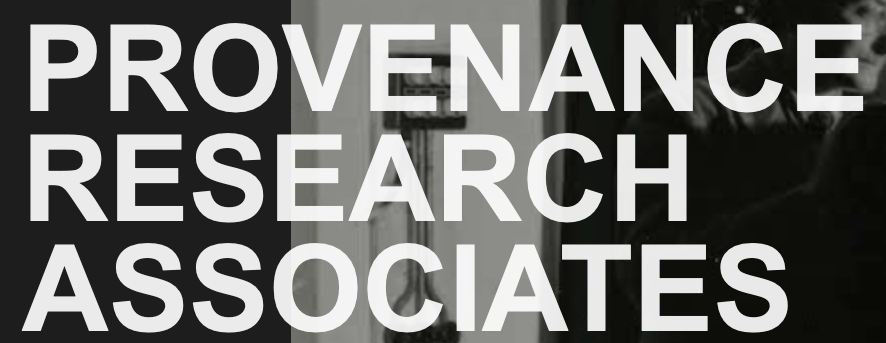Rooms of Wonder: From Wunderkammer to Museum, 1599-1899
The exhibition traces the development of illustrated catalogues of cabinets of curiosities.
In the 16th century, European collectors filled special rooms or cabinets with miscellaneous conglomerations of items, including paintings and drawings; plant specimens (especially those with medicinal properties); animals (including monstrosities); shells and coral; fossils (no one knew what to make of dinosaur bones at the time); coins and medals; ancient sculpture and tools (hopefully antique); gold and silver art objects (the Cellini Cup is a famous example); musical and scientific instruments and automata; minerals and gems; stones with possible magical properties (think philosopher’s stones); items of ethnographical interest from the New World, Africa, and East Asia; the occasional Egyptian mummy and two-headed calf; and other rare and curious artifacts.(…more at The Grolier Club website…)
